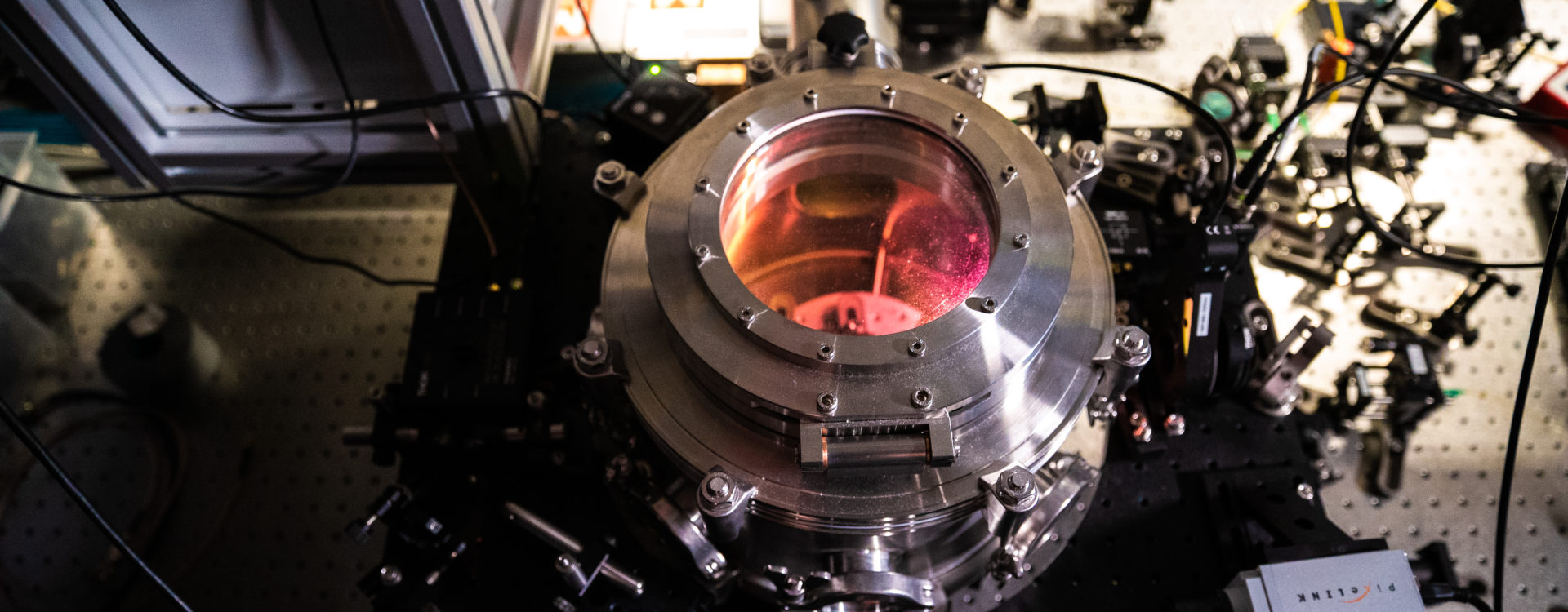The Sydney quantum community are after bright minds to work on the next breakthroughs in quantum science and technology.
Research projects on offer
Our Sydney network of quantum experts are seeking PhD, Honours and Master students to work on various quantum science and technology research projects. Projects suit both experimentalists or theorists and driven individuals with backgrounds across a range of disciplines such as physics, computer science, engineering, chemistry or mathematics.
Applications for our PhD Scholarship program are now open. If you aspire to be a leader in your field, we invite you to apply.
Our PhD scholarship program offers an array of research projects spanning quantum science and technology across our partner universities. To find a research project, filter projects by university or research specialisation at the PhD level. Please note this list is not exhaustive. You can also use our database to search for experts/supervisors based on their research interests and discuss other opportunities. We recommend contacting a prospective supervisor in advance of applying for our scholarship programs.
How to use the filter - view by university, study level or use the general search field to view by quantum research field e.g. communication, sensing or computing/computation.
General search and filters
Advancing quantum computing with Diraq (Next Generation Quantum Graduates Program)
Dr Andre Saraiva, Industry Placement with Diraq
This project would suit: An exceptional student holding an Honours or Masters qualification in electrical engineering, physics, or a relevant field, possessing strong knowledge of semiconductor or quantum physics.
Analog trapped-ion quantum simulators for chemical dynamics
A/Prof Ivan Kassal, Dr Ting Rei Tan, Prof Michael Biercuk
This project would suit: Students with background in either chemistry or physics
Atomically thin van-der Waals materials
Prof Alex Hamilton, Dr Feixiang Xiang
This project would suit: An experimentally focussed materials scientist, chemist or physicist
Automated laser beam alignment optimization using machine learning techniques
Dr Eric Howard
This project would suit: This Master's project is suited to graduates with a strong background in electronics or optoelectronics and an interest in embedded systems and quantum/atomic physics.
Building connections in Hybrid Quantum Systems
Dr Mikolaj Schmidt, Prof. Michael J. Steel (MQ), A/Prof. Jarryd Pla (UNSW)
This project would suit: Students with experience in quantum optics, optomechanics, nano-optics, numerical modelling


